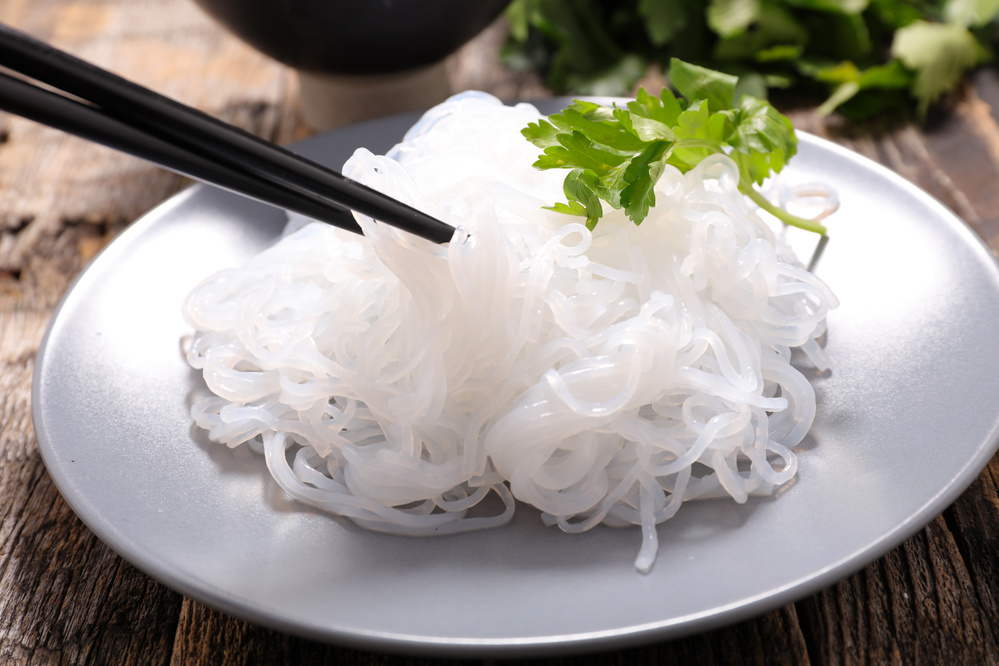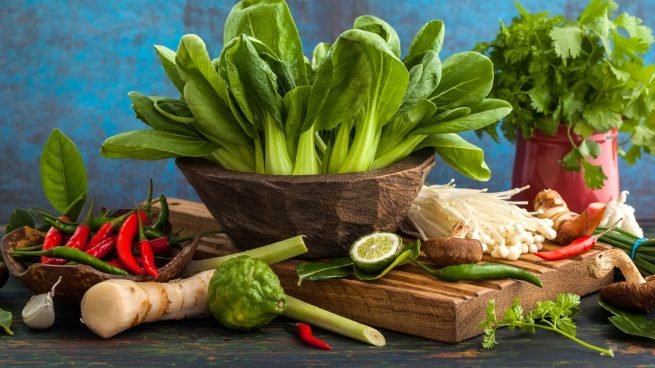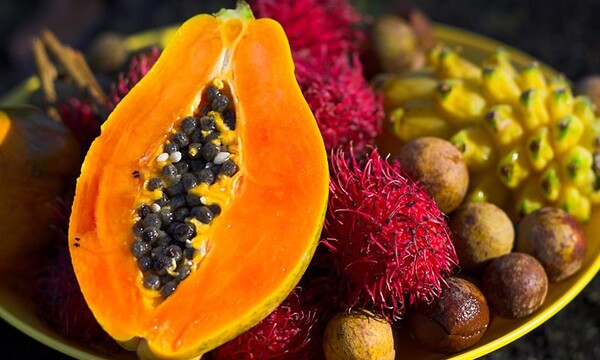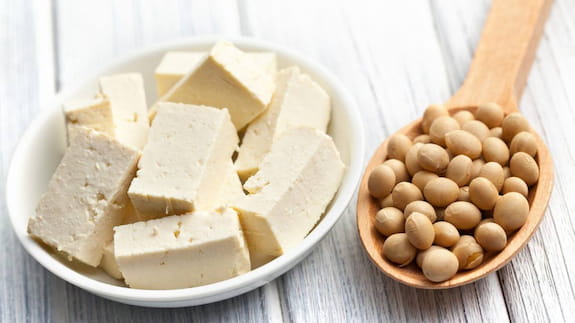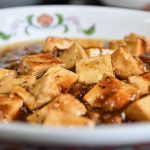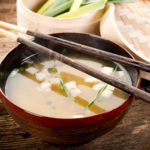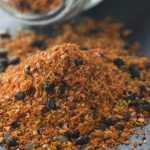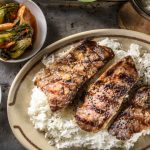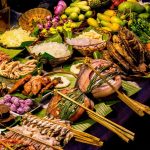Enjoying a plate of pasta without ingesting hardly any calories seems somewhat contradictory, but although it is hard to believe, it is possible. How? Thanks to konjac, an ingredient of Asian origin that is very popular both for its properties and benefits and for its use in cooking. This food, usually presented in the form of pasta, is a way of consuming our favourite dishes free of remorse and giving our body an extra shot of fibre. Today we tell you all the secrets of this food “miracle”.
What it is and where to find it
Konjac or “devil’s tongue” is a plant from which a flour is extracted that is then used to create pasta in different forms and versions. However, the most important part of this plant is not its leaves, but its bulb, as this is where all its precious characteristics are concentrated.
This food originates from Asia, more specifically from Southeast Asia. Therefore, it can be found in almost all of them, such as China, Vietnam, Thailand, Cambodia, Japan… There, this ingredient has been used for thousands of years, both for its health benefits and for its versatility in the kitchen. However, in the West, konjac is often better known for its satiating effects, as it is used as a substitute for pasta but without providing carbohydrates.
The reason for this is that konjac is very rich in fibre and absorbs a lot of water. Thus, it is able to stave off hunger for many hours, but its caloric value is actually low. For every 100 grams it provides only 9 calories. Unbelievable but true.
Where to buy it
You can buy it in our online shop or in our shop in Barcelona, whichever is more convenient for you.
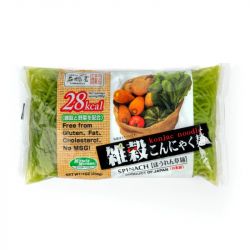
Fideo shirataki konjac de espinacas (ISHIBASHIYA) 200g
2,19 €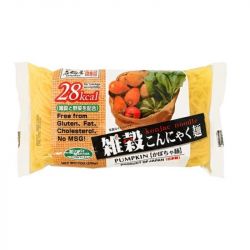
Fideo shirataki konjac de calabaza (ISHIBASHIYA) 200g
2,19 €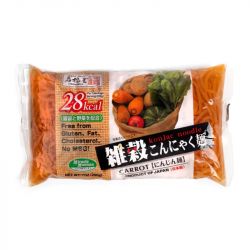
Fideo shirataki konjac de zanahoria (ISHIBASHIYA) 200g
2,19 €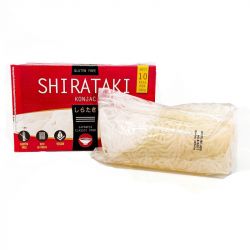
Fideo shirataki konjac (WOK FOODS) 350g
3,44 €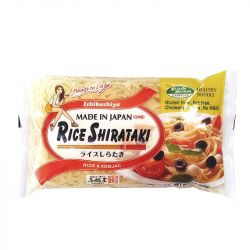
Fideo shirataki konjac de arroz (ISHIBASHIYA) 200g
2,19 €
Properties
The main reason why this ingredient is able to make us feel satiated without ingesting many calories is both its composition and its great absorption capacity. What is its composition like?
To obtain konjac paste, the tuber must be dried to obtain the flour that will be used to make pasta and rice. This flour is composed of glucomannan, which is the reason why konjac is so filling. This water-soluble compound is like a kind of jelly that can double in size when it comes into contact with liquid.
However, despite being rich in this fibre, eating a bowl of konjac does not provide the same amount of nutrients, vitamins and minerals as a bowl of conventional pasta. Konjac is often used to reduce the amount of calories in a dish, but it is important to bear in mind that it must be accompanied by other foods that contain these substances, which are necessary for the health of our body. You can accompany your konjac pasta with whatever ingredients you like, as its bland flavour can easily adapt to whatever you add to it. Try making your yakisoba noodles with konjac noodles, you won’t regret it!
BENEFITS
Konjac, apart from being used in weight loss diets, is highly valued for its health benefits. As many of them are still unknown, here are some of the most outstanding ones:
1- Controls diabetes. As we have already mentioned, although konjac is usually presented in paste form, it does not contain carbohydrates or sugar, so it does not generate blood glucose peaks. It is therefore a perfect option for people suffering from diabetes.
2- It improves intestinal health. This food is almost 100% fibre, which facilitates digestion and intestinal transit without creating a feeling of heaviness.
3- Reduces cholesterol. The main component of konjac is glucomannan, a water-soluble dietary fibre. This compound has been linked to the reduction of LDL cholesterol (“bad” cholesterol) and triglycerides.
4- Satiating effect. As it can absorb such a large amount of water, when it reaches the stomach it increases in size, which creates the sensation of satiety. You will therefore be eating a very low-calorie food without having to go hungry.
Risks and adverse effects
Every good thing has its downside. The high absorption capacity of konjac is beneficial for weight loss due to its satiating effect, but it can also be dangerous for people with oesophageal problems. As the European Food Safety Authority warns, if konjac is cooked in the same way as a traditional pasta dish, it is important to remember to drink plenty of water during the meal. Konjac increases in size considerably when it comes into contact with liquid, so when eating it we must ensure that it reaches the stomach quickly to avoid the risk of choking.
In addition, as with all fibre-rich foods, eating large amounts of konjac can cause laxative effects and gastrointestinal problems.

